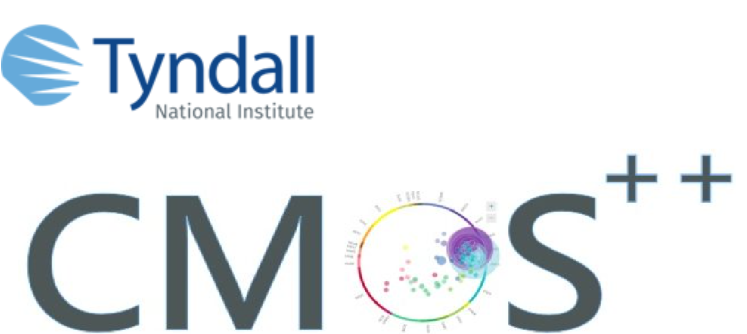The MFP-3D Asylum Research AFM is equipped with a high voltage amplifier (up to ±220V) and a DART (Dual AC Resonance Tracking) PFM mode designed to boost the piezo signal and minimise topographical ‘cross-talk’, enabling measurements of even the weakest piezoelectric materials. The ability of the PFM lithography mode to ‘write’ and pattern ferroelectric domain structures allows demonstration that polarisation information can be stored in films and recovered for potential memory/data storage applications. The distinct advantage of the VFM2-HV kit is that it can provide direct evidence of magnetoelectric coupling at the nanoscale by allowing simultaneous PFM and MFM under high tip-sample voltage bias (up to ±220V) in the presence of a high, variable magnetic field (up to ±2500 G).
Research Highlight:

Detailed PFM (piezoresponse force microscopy) measurements demonstrate that very thin (120 nm down to 2.4 nm), ultrasonically exfoliated Aurivillius phase (Bi5Ti3Fe0.5Co0.5O15 (BTFCO)) flakes exhibit piezoelectric effects. By applying direct current voltages to the PFM tip, the ferroelectric polarisation can be reversibly switched into anti-parallel information storage states, useful for future data storage applications. Furthermore, we have shown that ferroelectricity can exist and switch in flakes with thicknesses of only 2.4 nm, which equals one‐half of the normal crystal unit cell. This work constitutes the first evidence for ferroelectricity in a 2D oxide material, and that wide-band gap oxide ferroelectrics can be added to the growing class of 2D materials. This is an important conclusion, as it offers the prospect of incorporating the wide range of useful ferroelectric properties, vis: a switchable, built-in spontaneous polarisation, piezoelectricity, pyroelectricity etc. into future electronic devices exploiting 2D materials.
Reference
- Image from Fig. 1 in Journal article: Lynette Keeney, Ronan J. Smith, Meghdad Palizdar, Michael Schmidt, Andrew J. Bell, Jonathan N. Coleman, Roger W. Whatmore “Ferroelectric Behavior in Exfoliated 2D Aurivillius Oxide Flakes of Sub-Unit Cell Thickness”, Advanced Electronic Materials, 6, 1901264 (2020).

